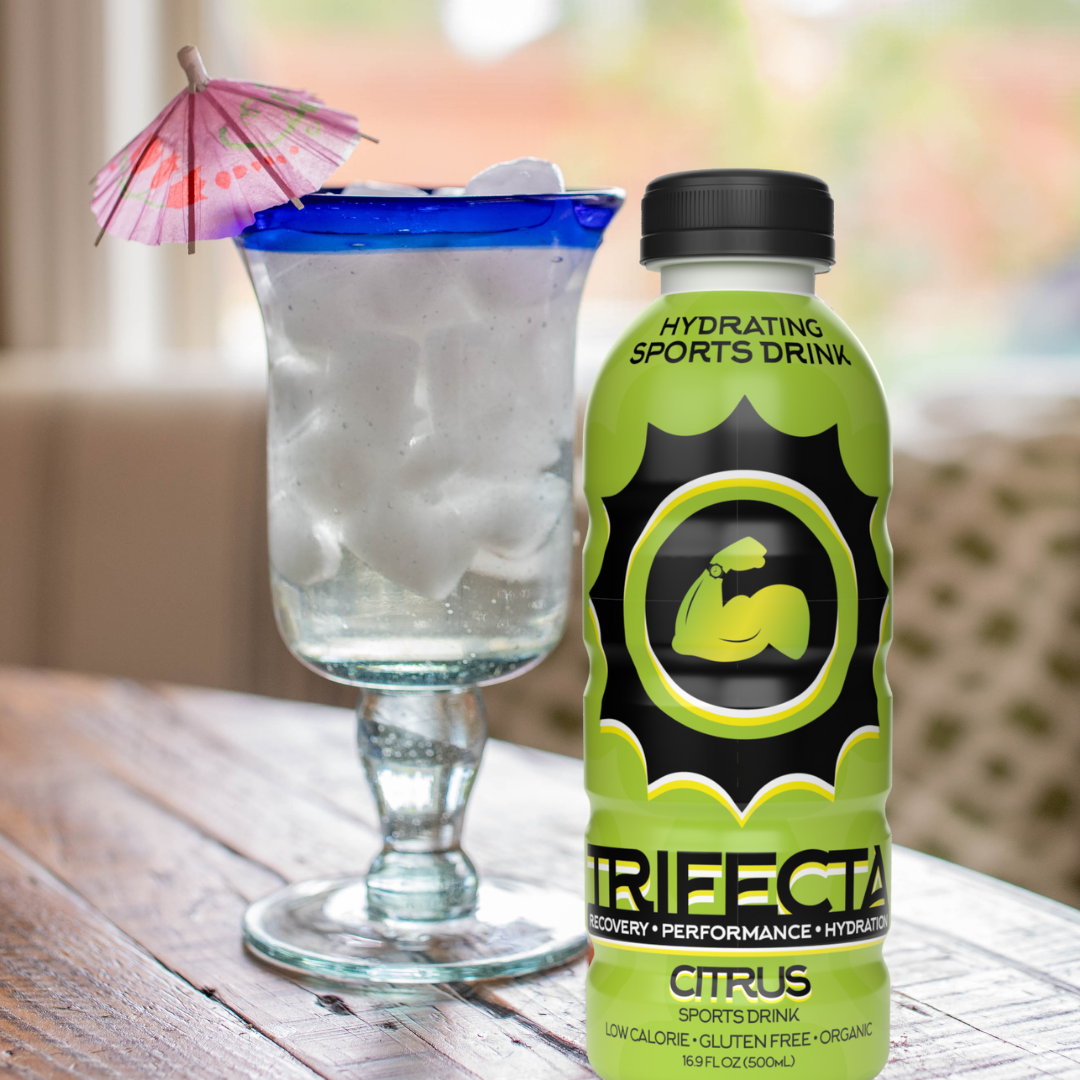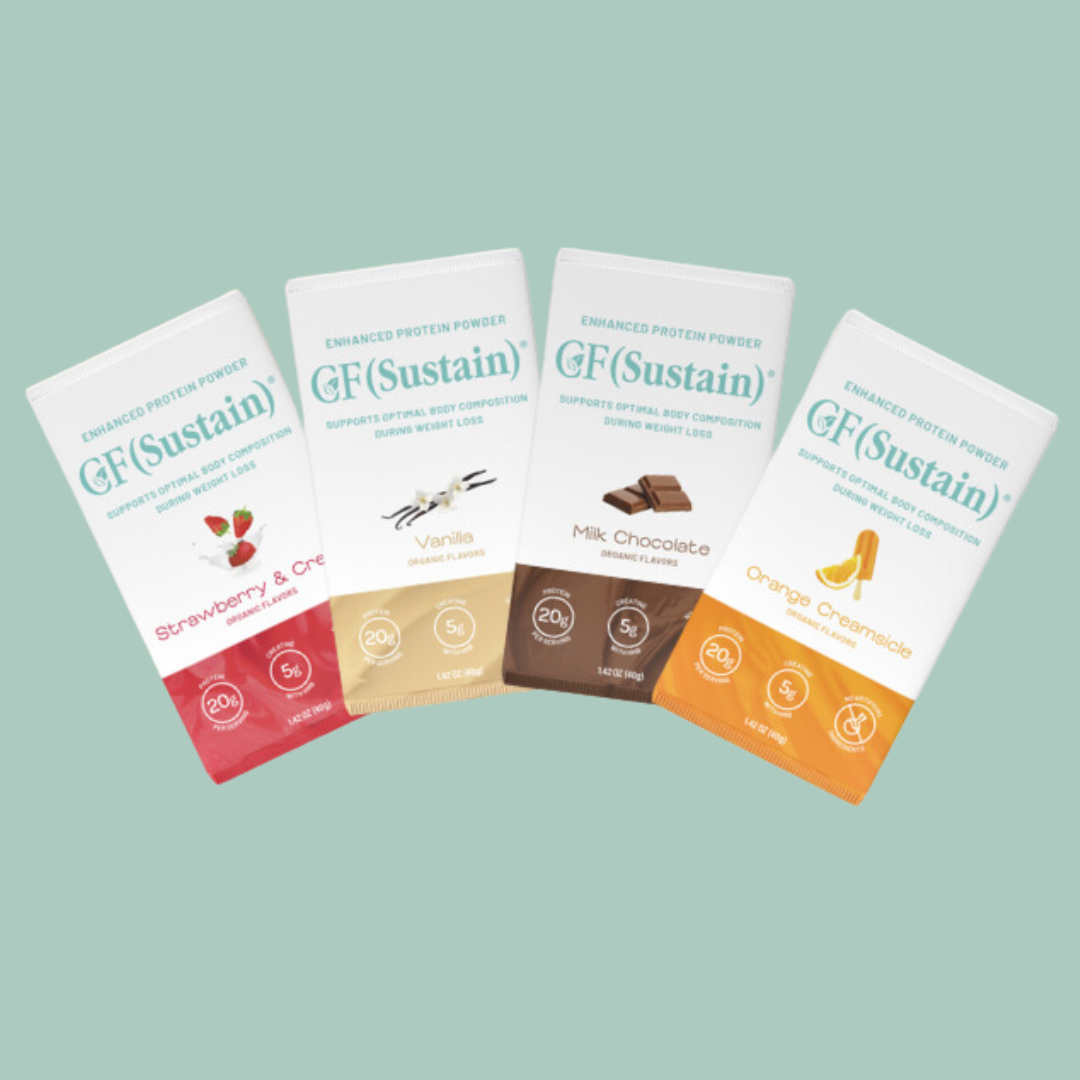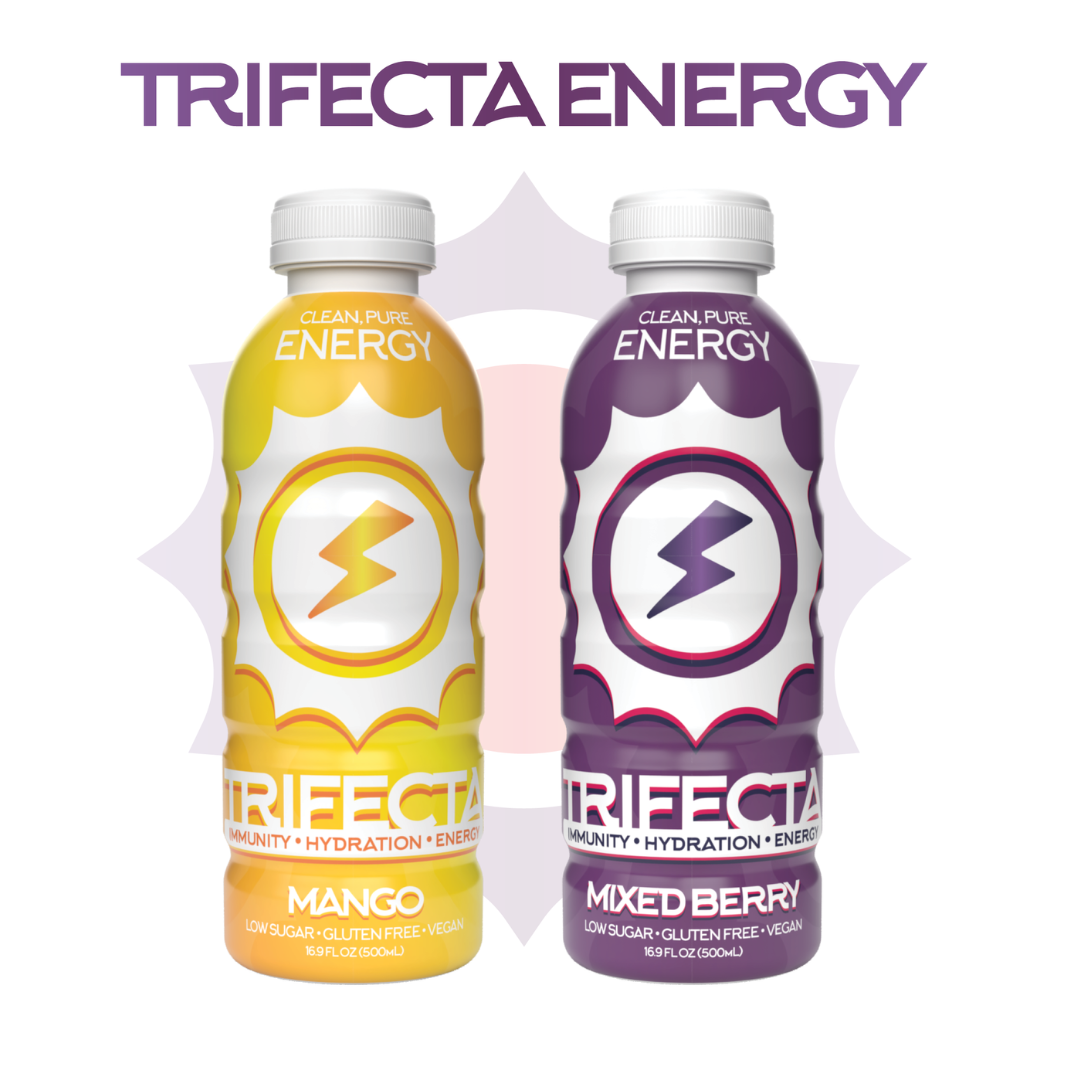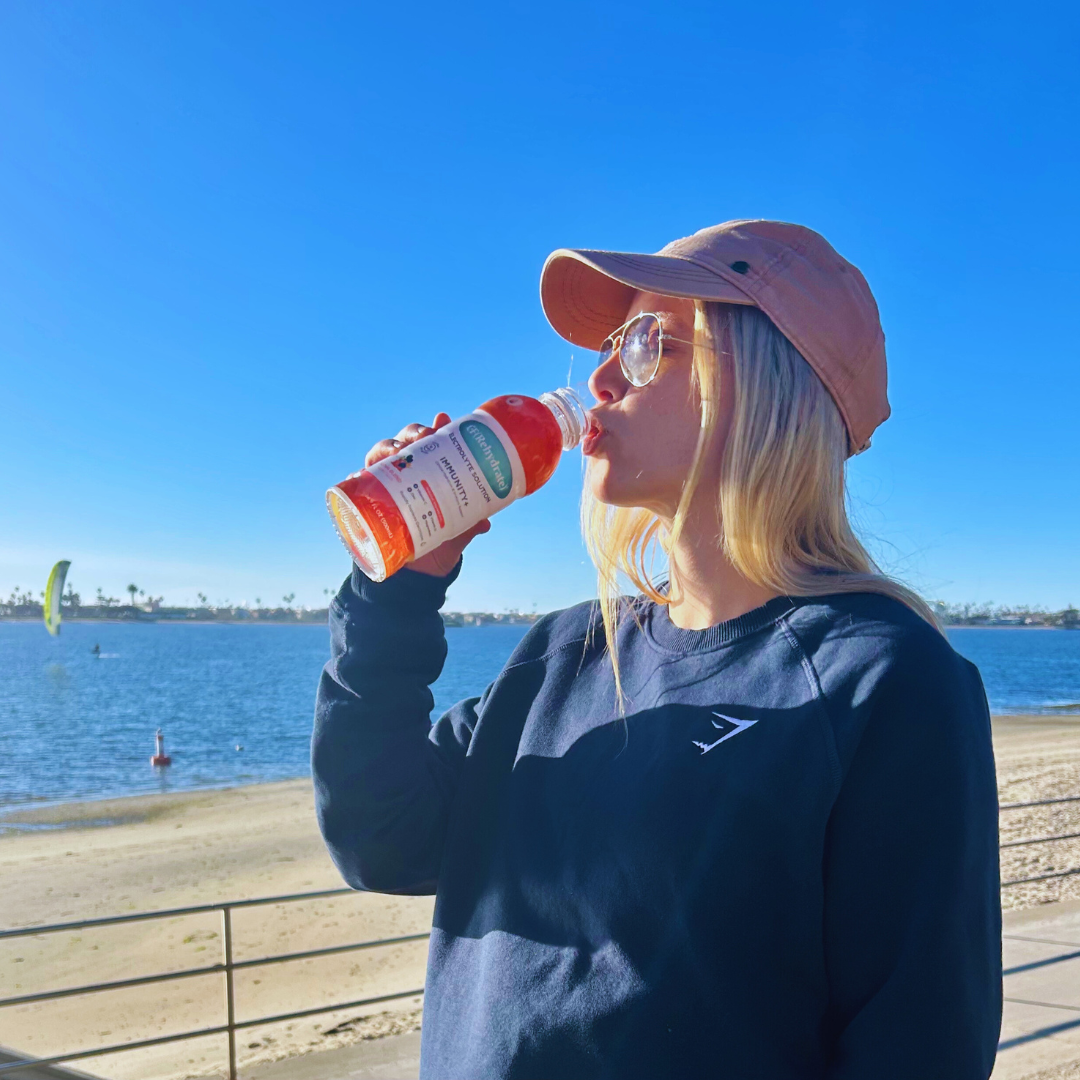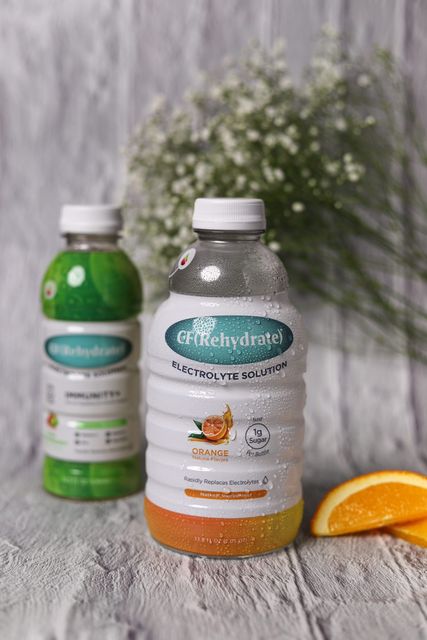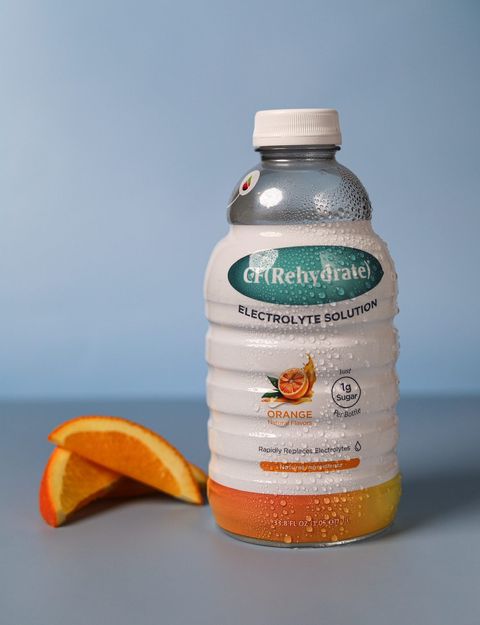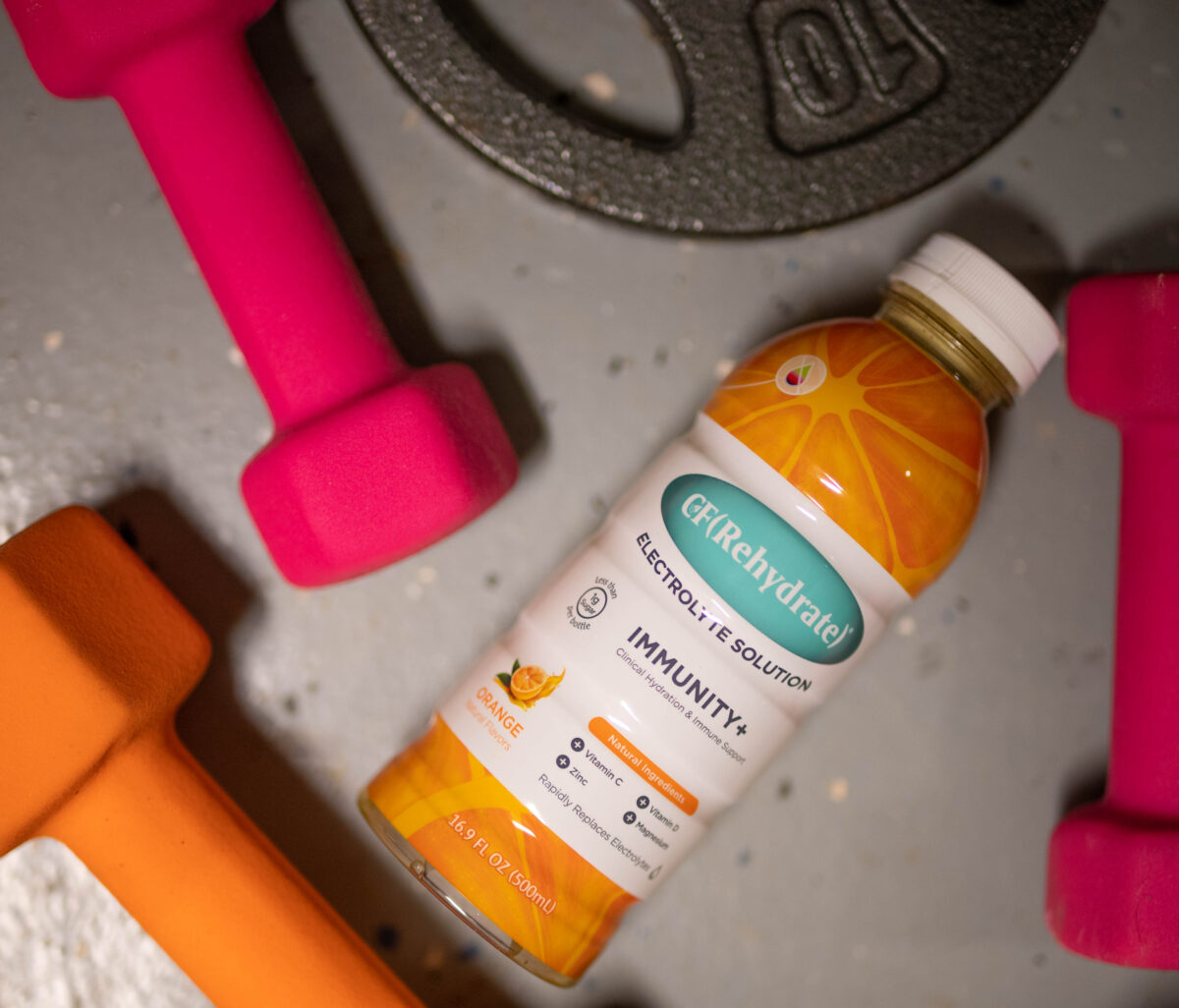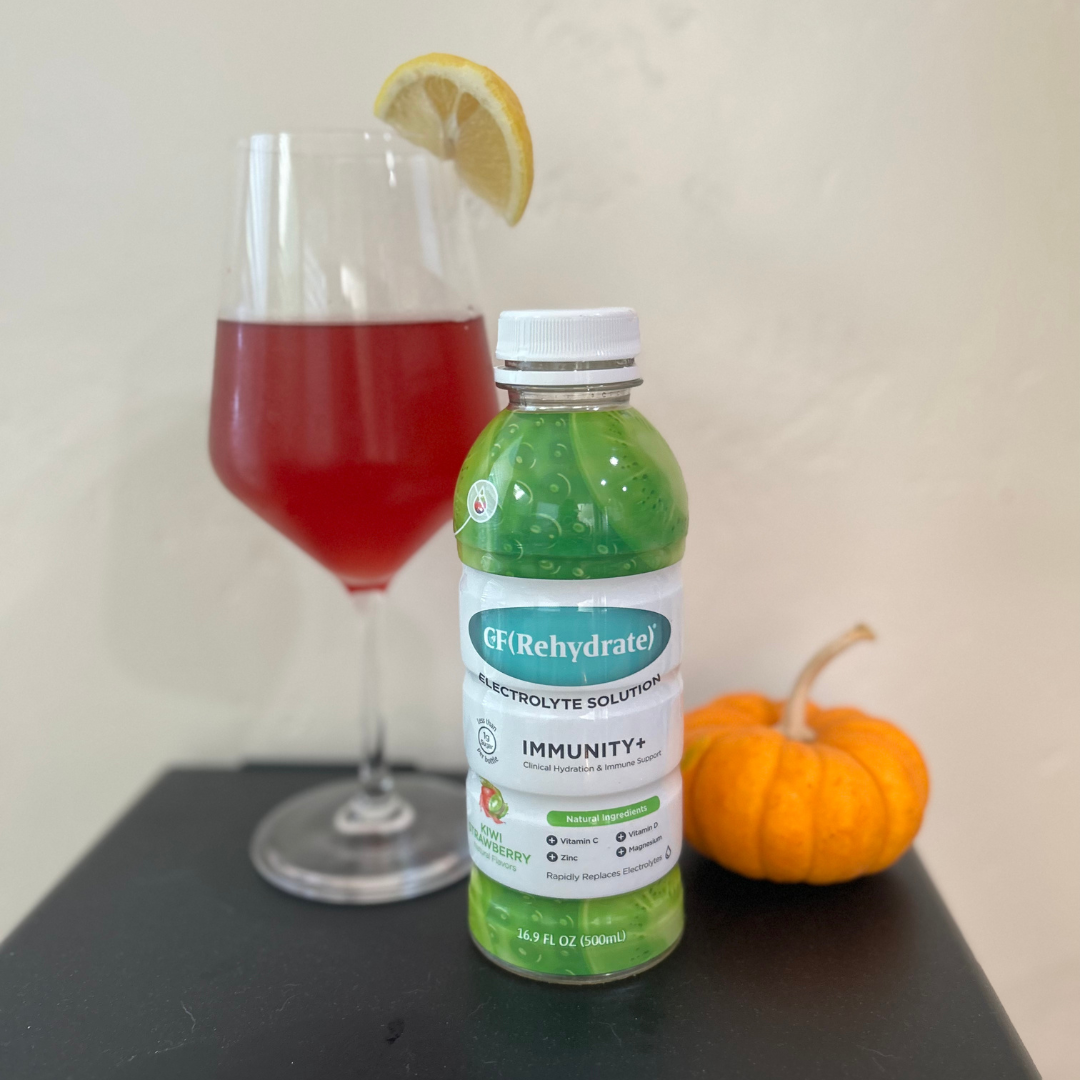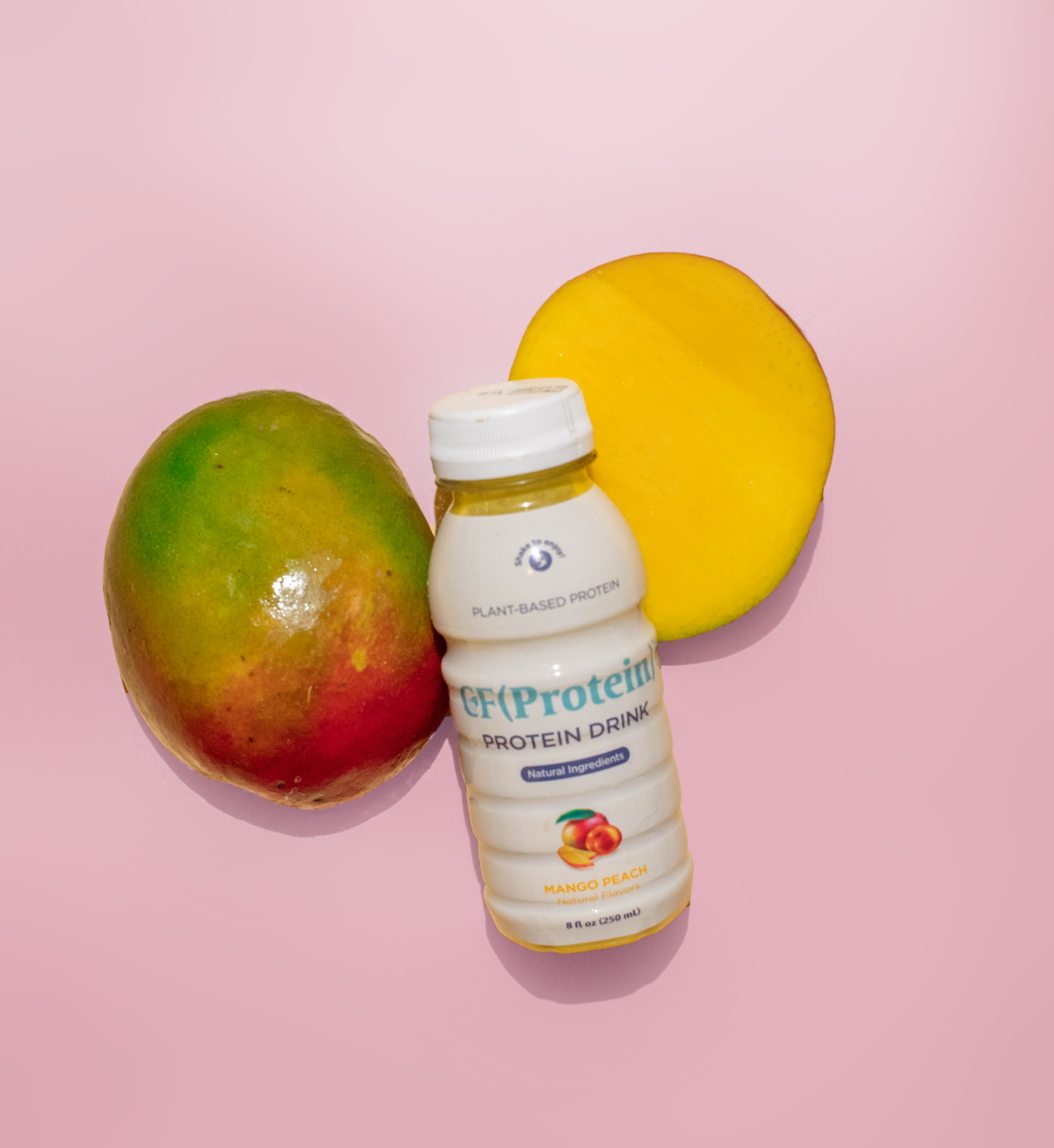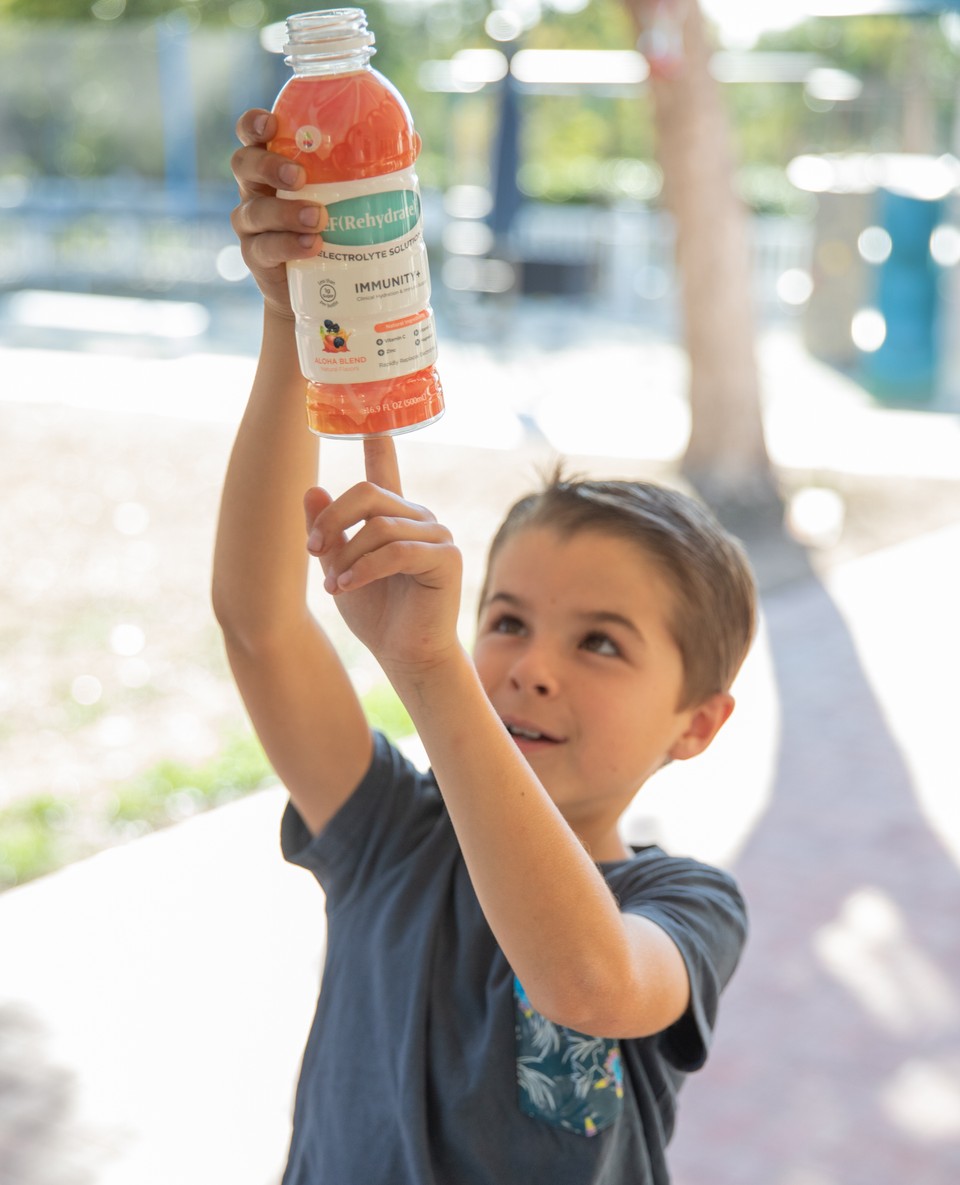We know the holidays can be a busy time of year and sometimes we sacrifice our health leading up to the new year. But let’s change that this year. Don’t wait until the new year to start incorporating healthy choices into your daily routine. Today, we share our top tips on how to stay healthy this holiday season and kick start your new year goals early!
Tip 1 Add in Some Movement!
Exercise is a proven way to support immunity. In addition, it will help you maintain a healthy weight. During the holiday season, make sure you alot time in your schedule to get moving, whether it be by yourself or with the whole family. Getting to the gym may be harder depending on your schedule so incorporate more walks and at home workouts.
If you are traveling, it may be more difficult to stay focused on exercise. However, having ideas for maintaining your fitness beforehand will likely encourage you to stick to a more consistent schedule. Consider purchasing an apple watch or fit bit to help you stay on top of getting steps in daily. Set a daily target for movement goals and stick to them even while you are away. Maybe try and visit walking trails or hikes a few days of your trip as this is an easy way to stay active.
No matter where you are, make sure to plan your exercise recovery accordingly by bringing an electrolyte beverage like CF(Rehydrate)® with you for post-workout recovery.
Tip 2 Plan Ahead if you are Traveling
Like most things in life, a little bit of preplanning and forethought is often beneficial (if not necessary) for enabling plans to run smoothly. If you are visiting a big resort that includes meals, we suggest calling ahead to ensure healthy food and beverage items are available. The same protocol applies to any restaurants you plan to attend, especially if they are part of a preset itinerary where attendance is required. These suggestions are especially important if you have any specific dietary needs or restrictions, such as gluten intolerance or a dairy allergy. Most hotels and chefs will be more than happy to accommodate your needs. If they’re not, checking in beforehand will allow enough time to adjust your travel plans and go elsewhere, if needed.
If you’re traveling for pleasure and can eat wherever you want during your trip, consider browsing local restaurants and cafes that offer healthy menu items beforehand. Yelp, Happy Cow, and Google are all great resources for identifying restaurants that cater to specific dietary needs and specialty food preferences. While trying local cuisines can be a fun part of the travel experience, it may be helpful to eat at least one meal a day closer to your usual diet to avoid shocking your digestive tract. If you plan on arriving in a city early in the morning or late in the evening, you can also check out which restaurants can deliver directly to your hotel room and order on the way. Knowing where to order ahead of time can prevent getting overly hungry and making food choices out of convenience over health.
Tip 3 Increase Your Fiber Intake
Consuming enough fiber is crucial to regulating bowel function, weight, and blood glucose management and preventing certain diseases. Most Americans do not consume enough dietary fiber. On average, Americans consume about 15 grams of fiber per day, far lower than the RDA, regardless of age or gender. The best ways to increase fiber intake are choosing whole grains whenever possible, consuming legumes and beans, and increasing fruit and vegetable intake. Drinking CF(Protein)® can help support you in achieving the RDA for fiber, as it contains 13 grams per one 8 ounce bottle.
Fiber may help reduce the risk of developing various diseases, including heart disease and diabetes. Studies show that the intake of fiber lowers the risk of developing cardiovascular disease. The National Health and Nutrition Examination Survey (NHANES) cross-sectional Data (2003-2006) showed that intake of whole grains (rich in fiber) was associated with enhancing the effects of statin in lower cholesterol. Fiber may also help prevent constipation by regulating bowel movements. Constipation is a common gastrointestinal problem that many people experience. If you have chronic constipation, you may need to ramp up your fiber intake, and drinking CF(Protein)®, is an easy and effective way to do so. As always, if you have a chronic health issue, it is best to speak to your doctor for any specific recommendations.
Fiber can also help maintain a healthy weight. High fiber foods are typically more filling than lower fiber foods. They also help keep you feeling fuller for longer. Satiety is the term used to describe your fullness. Fiber increases satiety after a meal. If you are looking to lose weight, increasing your fiber intake may help by increasing satiety and preventing the intake of excess calories.
Now you have all the tips and tricks to stay healthy and finish 2023 strong, start adding in some healthy habits TODAY! Visit our website to learn more!

